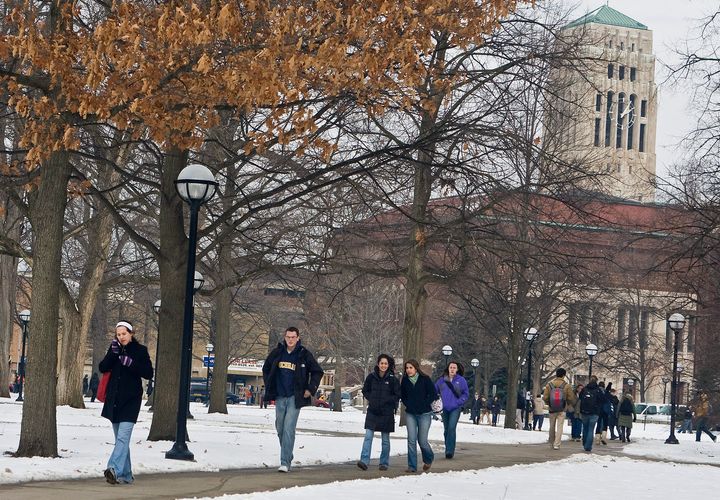
The question above is the one I get asked most often in my role as president of Macalester College and also happens to be the title and subject of a new book by Robert B. Archibald and David H. Feldman, both professors of economics and public policy at William and Mary. It is a book that should be read by anyone with even a passing interest in the answer and certainly by those policy makers who seem convinced that the answer is simply, "for no good reason."
Rather than looking chiefly at the internal workings of colleges and universities, Archibald and Feldman take a macro-economic approach and examine whether forces in the larger economy have led during the past three decades to a phenomenon with which every tuition-paying parent (and I happen to be one of those, too) is familiar: college costs have risen and continue to rise at a much faster rate than inflation or the cost-of-living index.
To understand their answer, ask yourself another, perhaps unfamiliar question: what do colleges and dental offices have in common? (A good opening to a joke, I agree.) The serious answer is that higher education and the provision of dental services share at least three important characteristics that impact cost: both rely heavily on highly educated workers; both rely heavily on close interaction between "providers" and "customers"; and both have been made better, but not cheaper, by technology. Not surprisingly, college prices and the cost of dental care have risen at a virtually identical rate, and have followed a virtually identical pattern, over the past half-century. Basically, the costs of both have been driven upward by the rapidly rising cost of hiring educated workers and by the tendency of technology to improve quality but not reduce costs. Root canals hurt a heck of a lot less than they did thirty years ago, but they are a whole lot more expensive.
So why is there no public outrage at the rise in the cost of dental care, no congressional hearings and threats of price regulation? The answer, I suspect, is that even those least interested in providing funding for higher education recognize on some level that access to that education for large segments of our population is critical to the economic and civic health of our country. Dental care may be very important, especially when you have a toothache, but Thomas Jefferson and Benjamin Franklin never argued that it was essential to the maintenance of a healthy democracy.
So college costs get scrutinized and criticized in a way that dental costs do not. In defense of my industry, however, I would also point out that colleges provide subsidies through financial aid that dental offices do not precisely because we recognize that access to education is a fundamental public good. Among Archibald and Feldman's other findings is that college has actually become more, rather than less, affordable over the past few decades for all but those in the lowest economic strata. This latter point is a major problem that must be addressed through a combination of more thoughtful public policy and stronger commitments to access on the part of colleges and universities, but it should not obscure the fact that aid packages have grown rapidly along with college prices. At Macalester about 70 percent of our students receive need-based financial aid, and our highest yield among our offers of admission is actually among our most needy students.
Colleges can and must be more efficient and productive; colleges can and must make some difficult choices in order to remain affordable. But, ironically, colleges have become so expensive in part because we have demonstrated our economic value through the increased cost of hiring the very people to whom we grant degrees.
